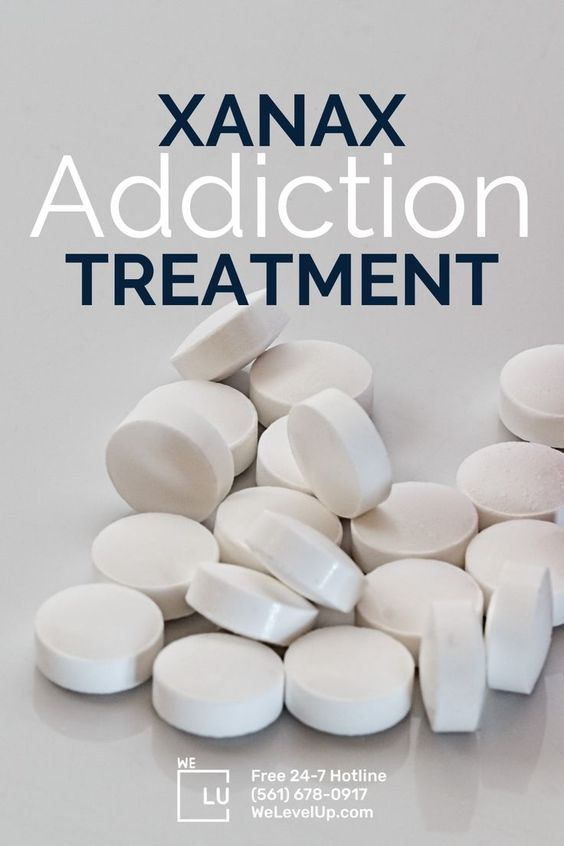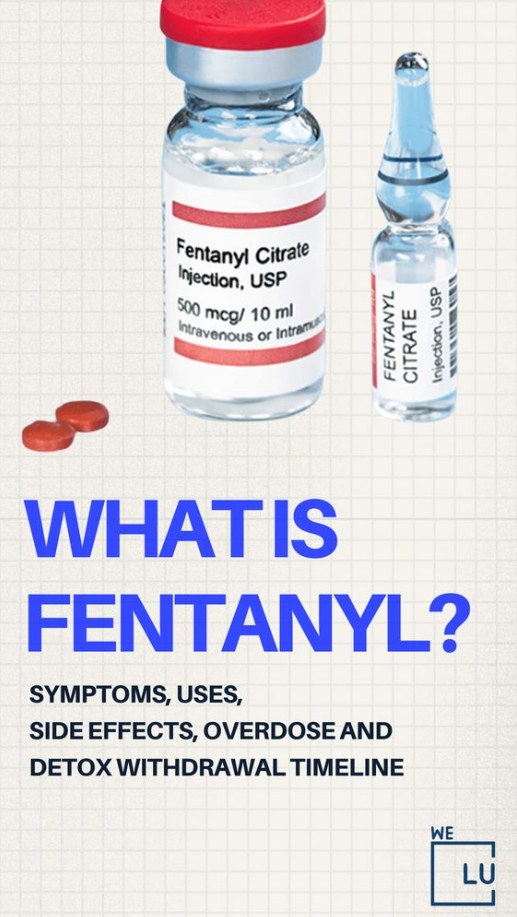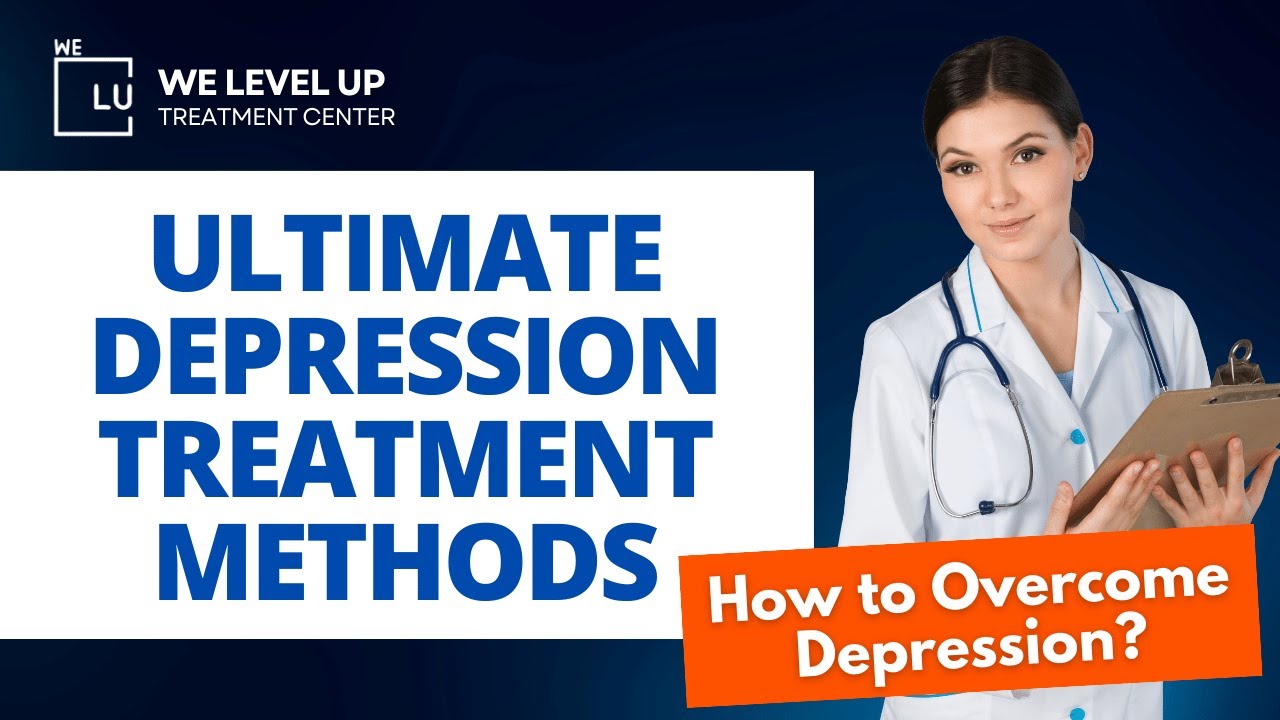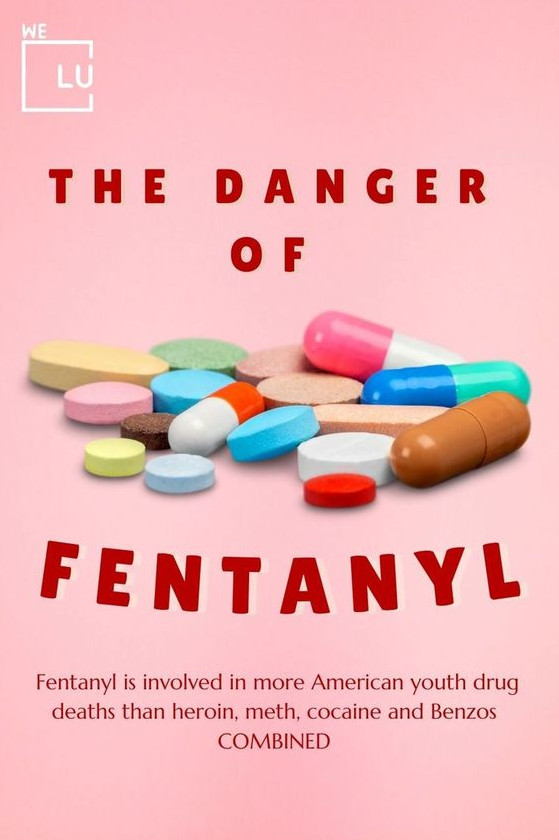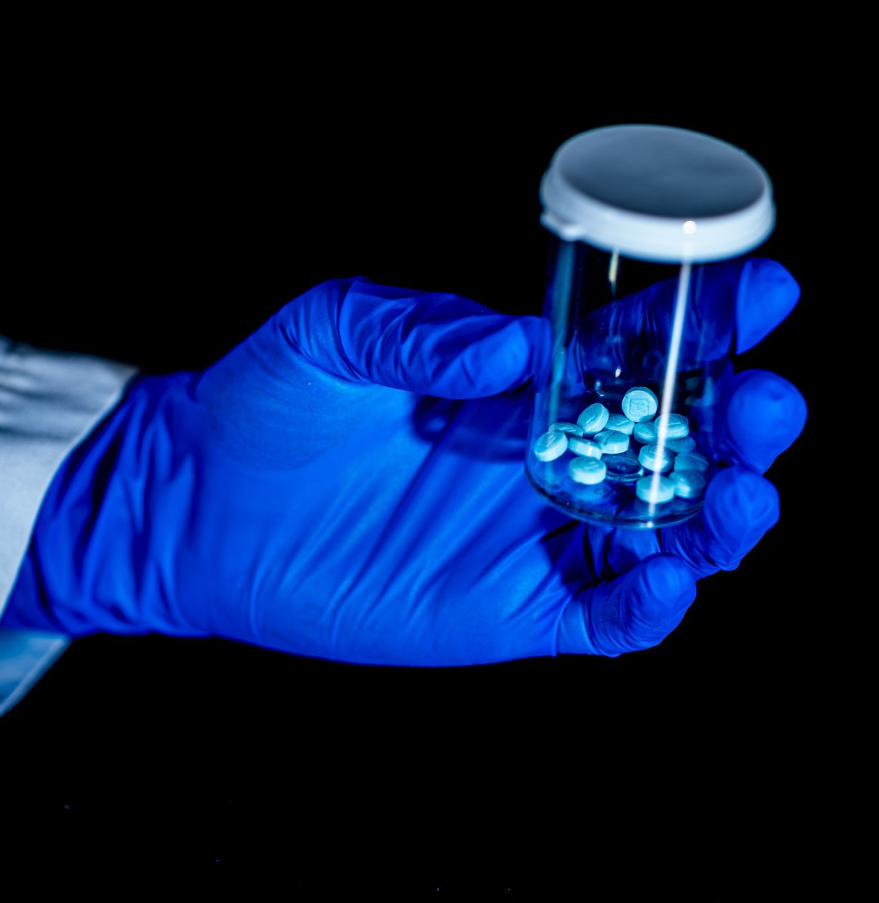Tramadol, an opioid used for pain, is sold under names like Ultram, ConZip, and Ryzolt. Compared to other opioids, it’s weaker and considered less addictive. However, some still use it for a calming effect. Using it without a prescription or in higher amounts can lead to addiction and withdrawal symptoms when stopped.
If you or someone you know is suffering from Tramadol withdrawals, the We Level Up Treatment Centers can help. Speak with our hotline specialists and discover the support and professional-accredited addiction treatment programs we offer.
What is Tramadol?
Tramadol is a type of medicine regulated by the DEA. It’s considered a Schedule IV controlled substance, which means it has medical uses but can also be misused or cause addiction. This drug used to be unscheduled but was later classified as a Schedule IV drug due to its potential for abuse. While it’s seen as safer and less addictive than some other pain-relieving drugs, there’s limited research backing this claim. Doctors commonly prescribe tramadol in the United States, especially after surgeries, for acute pain relief. About 75% of over 500,000 patients received tramadol as part of their post-surgery treatment. Unfortunately, in 2020, around 1.7 million people, approximately 0.5% of individuals aged 12 or older, misused prescription tramadol products.
Tramadol works differently compared to other opioids. It not only affects opioid receptors but also impacts the reuptake of certain chemicals like norepinephrine and serotonin, which can enhance its ability to manage pain.
What is Tramadol Withdrawal?
When a person becomes dependent on Tramadol, stopping it leads to uncomfortable withdrawal symptoms. Even taking Tramadol as directed can result in dependence and withdrawal.
Using Tramadol continuously for just a few weeks can cause chemical addiction in the body. This happens because the body gets used to Tramadol, so a person needs to take it more often or in more significant amounts to feel the same effects (like pain relief or feeling good). The brain changes because of this constant drug presence. Withdrawal from Tramadol typically lasts about 5-7 days.
Because of Tramadol’s influence, the brain tries to balance itself out by speeding up or slowing down some functions. When someone suddenly quits Tramadol, the brain reacts strongly, causing mild to severe withdrawal symptoms.
It’s often suggested to gradually reduce Tramadol use instead of stopping abruptly to ease withdrawal symptoms. While most people feel flu-like symptoms during Tramadol detox, serious effects like severe anxiety, panic attacks, and hallucinations are also possible.
How Is Tramadol Withdrawal Different From Other Opioids?
Tramadol withdrawal stands apart from other opioids due to its unique pain-relieving method. Unlike many opioids that work solely by activating brain opioid receptors, tramadol also impacts serotonin and norepinephrine reuptake. Hence, its withdrawal can result in two types of symptoms: typical opioid withdrawal and atypical opioid withdrawal syndrome, which is distinctive to tramadol. This means individuals might face a mix of symptoms.
Typical opioid withdrawal symptoms involve nausea, abdominal pain, diarrhea, vomiting, muscle aches, and general discomfort. On the other hand, atypical opioid withdrawal symptoms consist of:
- Hallucinations.
- Severe anxiety.
- Paranoia.
- Confusion.
- Depersonalization.
- Unusual sensory experiences.
While atypical symptoms are typically non-life-threatening, they can prompt risky behavior. For safe and supervised detox, seeking help from an inpatient facility is strongly advised.
Tramadol Withdrawal Symptoms
Withdrawal symptoms associated with Tramadol may differ for each person. Gradually tapering off the drug can help minimize these adverse effects.
The common symptoms of Tramadol withdrawal include:
- Agitation.
- Anxiety.
- Depression.
- Cravings.
- Nausea and vomiting.
- Headaches.
- Confusion.
- Loss of appetite.
- Sweating.
- Muscle pain.
- Blurred vision.
- Insomnia.
- Mood swings.
- Diarrhea.
- Nightmares.
- Abdominal cramps.
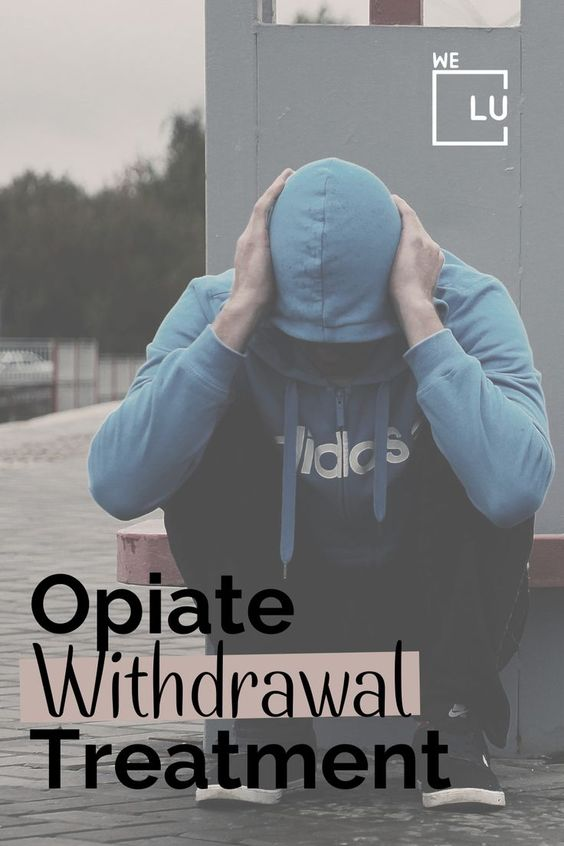
Skip To:
Learn More:
- Is Tramadol Addictive? Risks and Dangers of Tramadol Addiction
- Tramadol vs Hydrocodone: Are They Similar? Which one is Better For Pain?
- Tramadol vs Oxycodone, Which is Better? Side Effect Comparison
- Is Tramadol A Narcotic?
- Tramadol in Pregnancy
- Tramadol Serotonin Syndrome
- Vicodin vs Norco, What’s The Difference & How Do They Compare?
- How Long Does Hydrocodone Stay in Urine?
- What is Norco? Norco Drug For Severe Pain Information
- The Dangers of Hydrocodone Addiction, Symptoms & Treatment
- Hydrocodone Side Effects, Uses, Addiction and More
- Opiate Withdrawal
- Opioid Withdrawal Timeline
- Opioid Withdrawal Symptoms
Get Help. Get Better. Get Your Life Back.
Searching for Accredited Drug and Alcohol Rehab Centers Near You? We Level Up Texas Is Opening Soon!
Even if you have failed previously and relapsed, or are in the middle of a difficult crisis, we stand ready to support you. Our trusted behavioral health specialists will not give up on you. When you feel ready or just want someone to speak to about therapy alternatives to change your life call us. Even if we cannot assist you, we will lead you to wherever you can get support. There is no obligation. Call our network hotline today.
FREE Addiction Hotline – Call 24/7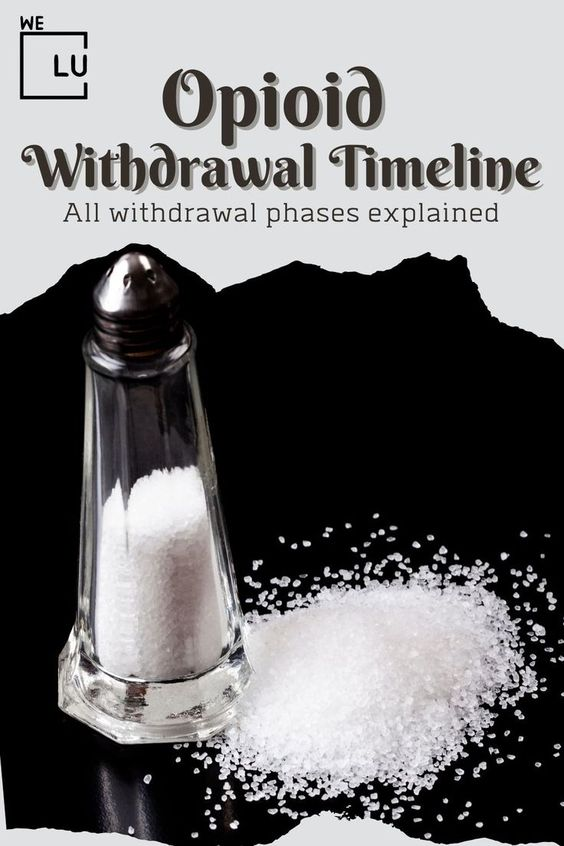
Who Should Not Be Taking Tramadol?
Individuals falling under these categories should avoid tramadol and hydrocodone:
- Children and Adolescents: The FDA strongly advises against administering hydrocodone or other opioids, like codeine, to children under 18 years old. Similarly, tramadol should not be prescribed to children under 12 years old due to potentially severe side effects in individuals between 12 and 18 years old with specific medical conditions. These medications pose risks of life-threatening breathing problems, addiction, overdose, and fatality in children.
- Pregnant Women: Both tramadol and hydrocodone are not recommended for pregnant women or those planning pregnancy. The use of these medications, or any other opioids, during pregnancy may result in serious health complications in newborns after delivery.
- Breastfeeding Women: Women who breastfeed should also abstain from taking opioids, including tramadol and hydrocodone. These drugs can be transferred through breast milk to infants, potentially exposing them to unsafe levels of medication.
How Long Does Tramadol Withdrawal Last?
Symptoms of tramadol withdrawal closely resemble those of other opioid withdrawals. Although typically mild, about 12% of tramadol withdrawal cases exhibit atypical symptoms such as severe panic attacks, paranoia, and hallucinations, according to a study.
The progression of tramadol withdrawal symptoms generally follows this timeline:
- Within the first 24 hours: Withdrawal usually begins, depending on an individual’s health, genetics, tramadol dosage, and usage frequency.
- 24–72 hours: Initial symptoms are akin to standard opioid withdrawal, including anxiety, body aches, watery eyes, sweating, and insomnia. Some may also experience symptoms similar to allergies or headaches.
- Days 4–7: Later symptoms might include stomach pain, diarrhea, and vomiting. Seeking advice from a doctor for managing specific withdrawal symptoms, like nausea or leg pain, is recommended.
- Days 8–14: Withdrawal from short-acting opioids typically lasts between four to ten days. Most individuals cease experiencing symptoms around the one-week mark, but those using high doses or frequently using tramadol might have a prolonged withdrawal due to increased drug dependence.
- Beyond two weeks: Acute symptoms generally subside after a couple of weeks. However, some may experience an extended withdrawal period. Post-acute withdrawal syndrome following opioid withdrawal may lead to mental health symptoms such as anxiety and insomnia for weeks or months after stopping drug use.
Tramadol affects opioid receptors and serotonin levels in the brain, resembling selective serotonin reuptake inhibitors (SSRIs) antidepressants. Consequently, tramadol withdrawal might cause symptoms similar to antidepressant withdrawal, including flu-like symptoms, fatigue, dizziness, headache, nausea, and irritability.
Get Help. Get Better. Get Your Life Back.
Searching for Accredited Drug and Alcohol Rehab Centers Near You? We Level Up Texas Is Opening Soon!
Even if you have failed previously and relapsed, or are in the middle of a difficult crisis, we stand ready to support you. Our trusted behavioral health specialists will not give up on you. When you feel ready or just want someone to speak to about therapy alternatives to change your life call us. Even if we cannot assist you, we will lead you to wherever you can get support. There is no obligation. Call our network hotline today.
FREE Addiction Hotline – Call 24/7Tramadol Withdrawal-Related Statistics
Despite declining prescription rates, opioid overdose deaths remain a significant public health concern. Many opioid-related deaths are attributed to the misuse of prescription opioids or illicit opioids, such as heroin and fentanyl. Unfortunately, Norco hydrocodone is included in the problem.
There is a need for increased access to evidence-based treatments for opioid use disorder, such as medication-assisted treatment (MAT) and behavioral therapies, to address the addiction crisis effectively.
1.6 Million
An estimated 1.6 million people in the US were reported to have opioid use disorder in 2019, indicating a diagnosed addiction to opioids.
Source: NCBI
70%
In 2020, over 69,000 drug overdose deaths in the US, and approximately 70% involved opioids.
Source: CDC
18%
In 2019, only about 18% of people with opioid use disorder received specialty treatment for their addiction.
Source: NSDUH
Bioavailability
Bioavailability refers to the extent and rate at which a drug or substance is absorbed into the bloodstream or becomes available at the site of action after administration. It measures the amount of the administered dose that enters the systemic circulation and can produce an effect.
Regarding bioavailability, tramadol hydrochloride tablets boast a 75% bioavailability, whereas extended-release tramadol hydrochloride tablets range between 85% to 90%.
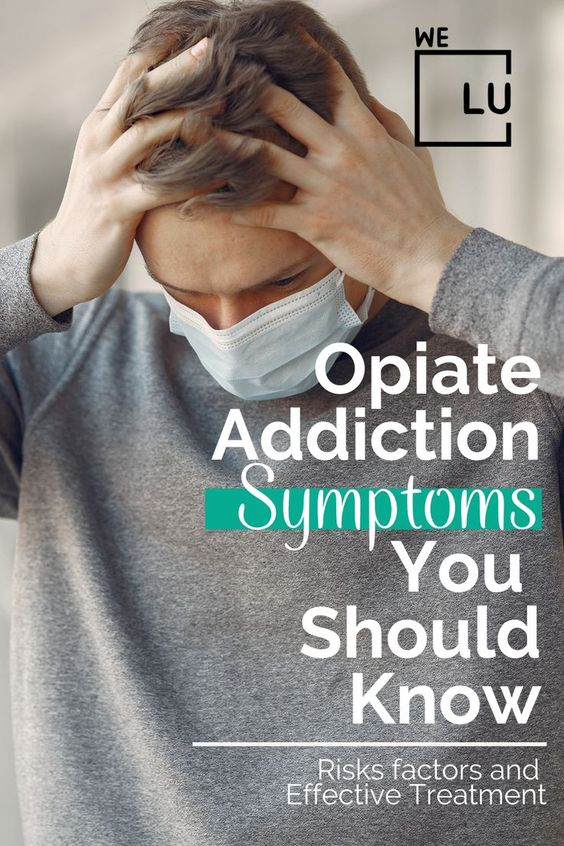
Start a New Life
Begin with a free call to an addiction & behavioral health treatment advisor. Learn more about our dual-diagnosis programs. The We Level Up treatment center network delivers recovery programs that vary by each treatment facility. Call to learn more.
- Personalized Care
- Caring Accountable Staff
- World-class Amenities
- Licensed & Accredited
- Renowned w/ 100s 5-Star Reviews
We’ll Call You
Interactions of Tramadol and Hydrocodone With Other Drugs
Potential interactions with other drugs are a critical concern when taking tramadol or hydrocodone. These interactions could lead to severe side effects, including breathing problems, coma, or even fatality. Therefore, informing a healthcare professional about all ongoing medications and supplements is crucial before starting tramadol or hydrocodone.
Combining alcohol or illicit drugs with tramadol or hydrocodone can result in hazardous or fatal reactions.
Numerous medications and supplements might interact adversely with tramadol and hydrocodone, such as:
- Antibiotics.
- Antidepressants.
- Anti-anxiety medications.
- Antipsychotics.
- Allergy medications (antihistamines).
- Benzodiazepines.
- Cold and cough medicines.
- Fungal infection medications.
- Heart rhythm medications.
- HIV medications.
- Irritable bowel medications.
- Laxatives
- Muscle relaxants.
- Nausea medications.
- Parkinson’s disease medications.
- Prescription and over-the-counter pain relievers.
- Sedatives or tranquilizers.
- Seizure medications.
- Sleeping pills.
- St. John’s Wort.
- Tryptophan.
- Ulcer medications.
- Urinary problem medications.
When these drugs include acetaminophen along with tramadol or hydrocodone, additional concerns arise. Consuming extra acetaminophen alongside these medications could lead to liver damage.
Various medications, vitamins, and supplements might provoke dangerous effects when taken with hydrocodone or tramadol. Hence, informing a healthcare provider about all substances being taken is crucial.
Factors Impacting Tramadol Withdrawal Duration
The duration of tramadol withdrawal symptoms varies for each individual and relies on numerous factors. Genetics plays a role in how the body processes drugs alongside a person’s unique brain chemistry. Age, gender, and physical health can also influence withdrawal length. Individuals with a history of substance misuse or mental health disorders may experience more severe symptoms and prolonged withdrawal. Mental health conditions, particularly anxiety, can further affect the duration and severity of symptoms.
Combining tramadol with other substances like alcohol, illicit drugs, or specific prescription medications can intensify its effects. Those frequently mixing tramadol with other drugs might experience distinct detox and withdrawal encounters, especially if withdrawing from multiple substances concurrently.
Gradual Reduction for Safer Withdrawal
Healthcare experts often advise individuals to decrease their tramadol dose rather than abruptly stopping it gradually. Tapering off tramadol can potentially minimize withdrawal side effects and reduce the risk of an overdose. Additionally, this approach can lower the chances of an overdose when someone returns to their previous dose after detox.
Although weaning off tramadol may extend the withdrawal timeline, it generally ensures a more comfortable and secure process. Collaborating with healthcare providers helps determine the safest frequency for reducing the dose during tramadol withdrawal.
Opening Soon! First-Class Facilities & Amenities
World-Class High-Quality Addiction & Mental Health Rehabilitation Treatment
Coming Soon! Rehab Centers TourRenowned Addiction Centers. Serene Private Facilities. Inpatient Rehab Programs Vary.
FREE Addiction Hotline – Call 24/7Proven recovery success experience, backed by a Team with History of:
- 15+ Years Experience
- 100s of 5-Star Reviews
- 10K+ Recovery Successes
- Low Patient to Therapist Ratio
- Onsite Medical Detox Center
- Comprehensive Dual-Diagnosis Treatment
- Complimentary Family & Alumni Programs
- Coaching, Recovery & Personal Development Events
Tramadol Withdrawal Detox
Tramadol detoxification ranges in severity from mild to severe, influenced by the level of usage and medications involved. It’s essential to conduct detox under medical supervision due to potential discomfort. Typically, a doctor manages the process by gradually reducing the dose and monitoring symptoms over several weeks.
A proper tapering approach usually limits Tramadol withdrawal symptoms to 5-7 days. Symptoms persisting beyond a week are termed post-acute withdrawal symptoms (PAWS). PAWS may include anxiety, depression, mood swings, insomnia, reduced appetite, irritability, and concentration difficulties, lasting 18-24 months but diminishing over time.
Medical support for managing withdrawal symptoms may involve:
- Metoclopramide for nausea and vomiting.
- Loperamide for diarrhea.
- Ibuprofen or acetaminophen for muscle pain.
- Clonidine for anxiety and sweating.
- Valium for anxiety and insomnia.
- Buprenorphine (Subutex) to alleviate withdrawal symptoms.
- Suboxone (Buprenorphine and Naloxone combo) to mitigate withdrawal symptoms and counteract opioid effects.
Tramadol Addiction Treatment
Upon completing detox, individuals may undergo various therapies and treatments as part of an extensive treatment plan. Rehab after detox is crucial for addressing underlying addiction causes. Rehab occurs in different settings:
- Residential or Inpatient Rehab: This involves residing onsite throughout treatment, receiving constant care, and participating in diverse therapies. Suited for severe addiction cases or those lacking supportive home environments.
- Outpatient Rehab: Requires traveling to the facility for treatment and returning home afterward. Suitable for individuals with supportive environments and reliable transportation.
Ongoing medication maintenance is integral for maintaining sobriety and averting relapse. Medications like methadone, buprenorphine, or naltrexone may be part of this maintenance. Naltrexone, functioning as an opioid antagonist, blocks opioid effects, preventing highs if opioids are used again.
Treatment for opioid use disorder encompasses diverse therapies and supports:
- Counseling: Addresses addiction-related issues.
- Behavioral Therapies: Cognitive-behavioral therapy (CBT), contingency management (CM), or motivational interviewing foster positive behavioral changes.
- Family Therapy: Repairs relationships affected by addiction.
- Vocational Training: Assists in employment post-rehab.
- Case Management: Aids with social services such as securing basic needs and legal aid, allowing individuals to focus on recovery.
Aftercare is essential for ongoing recovery. Post-treatment, participating in individual counseling, mindfulness-based relapse prevention (MBRP), attending support groups like Narcotics Anonymous (NA), utilizing recovery apps, or engaging in recovery management checkups with treatment providers are beneficial.
Comprehensive treatment should address substance use and associated medical, psychological, social, vocational, and legal issues tailored to individual needs.
Why Choose We Level Up Treatment Center?
At We Level Up Treatment Center, our dedicated team of professionals is committed to guiding you through every step of your recovery journey. We prioritize your well-being and provide a nurturing environment conducive to healing and growth.
Take the first step towards recovery today. Contact us to begin your journey to a drug-free life. You don’t have to face addiction alone—we are here to help you reclaim control and achieve lasting sobriety.
Start a New Life
Begin with a free call to an addiction & behavioral health treatment advisor. Learn more about our dual-diagnosis programs. The We Level Up treatment center network delivers recovery programs that vary by each treatment facility. Call to learn more.
- Personalized Care
- Caring Accountable Staff
- World-class Amenities
- Licensed & Accredited
- Renowned w/ 100s 5-Star Reviews
We’ll Call You
How Long Do Opiates Stay in Your System?
Search We Level Up TX Tramadol Withdrawal Symptoms, Timeline, & Detox Treatment Topics & Resources
Sources
- U.S. Food and Drug Administration. (2017). Tramadol Information.
- Drug Enforcement Administration. (2020). Tramadol.
- Drug Enforcement Administration. (n.d.). Drug Scheduling.
- Thiels, C. A., Habermann, E. B., Hooten, W. M., & Jeffery, M. M. (2019). Chronic use of tramadol after acute pain episode: cohort study. BMJ (Clinical research ed.), 365, l1849.
- Substance Abuse and Mental Health Services Administration. (2021). Key Substance Use and Mental Health Indicators in the United States: Results from the 2020 National Survey on Drug Use and Health.
- Dhesi M, Maldonado KA, Maani CV. (2021). Tramadol. In: StatPearls [Internet]. Treasure Island (FL): StatPearls Publishing.
- U.S. Food and Drug Administration. (2021). Labeling-Medication Guide: Ultram.
- National Institute on Drug Abuse. (2021). Prescription Opioids DrugFacts.
- Sansone, R. A., & Sansone, L. A. (2009). Tramadol: seizures, serotonin syndrome, and coadministered antidepressants. Psychiatry (Edgmont (Pa.: Township)), 6(4), 17–21.
- Nuamah, J.K., Sasangohar, F., Erraguntla, M. et al.(2019). The past, present and future of opioid withdrawal assessment: a scoping review of scales and technologies. BMC Med Inform Decis Mak, 19, 113.

